Rue21, once a thriving name in teen fashion, has declared bankruptcy for the third (and likely final) time, marking an end to its nearly five-decade run.
At its peak, the company boasted 1,200 stores but now plans to close all 540 remaining locations. This final chapter closes as the retailer grapples with an overwhelming $200 million in debt.
A History of Financial Struggles

First filing for bankruptcy in 2003 and again in 2017, Rue21 has faced ongoing financial challenges.
Despite previous attempts to revitalize the brand, these efforts fell short as the company could not overcome its growing debt and evolving market pressures.
The Impact of COVID-19
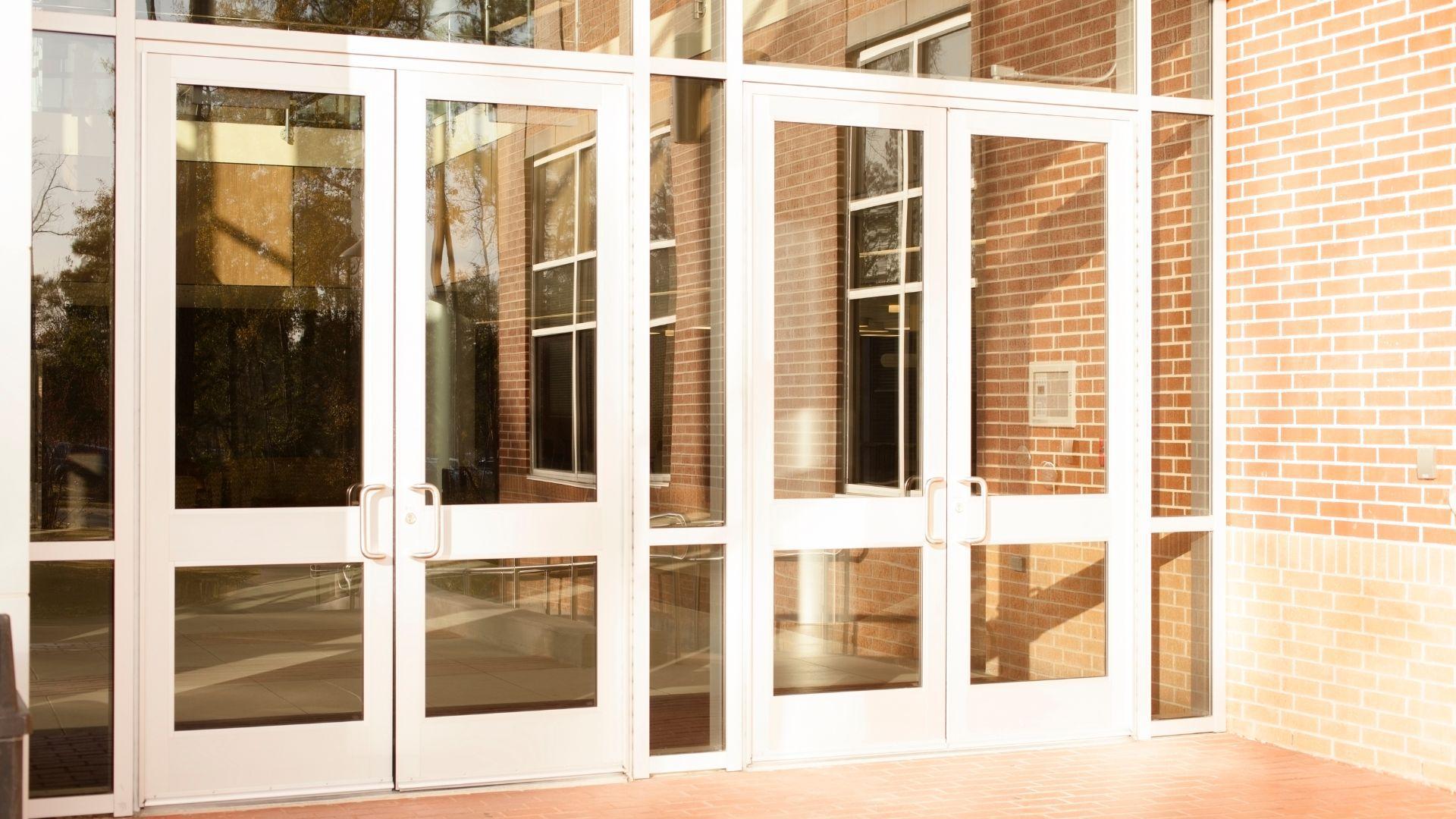
“The challenges stemming from the COVID-19 pandemic significantly impacted Rue21,” stated Michele Pascoe, the interim CEO.
The pandemic accelerated a pivotal shift in consumer behavior, heavily favoring online shopping over traditional brick-and-mortar stores, contributing to the retailer’s struggles.
Changing Consumer Preferences

Modern teens are drifting away from traditional mall outlets like Rue21, attracted to online platforms offering trendier and more affordable options.
Speaking with CNN, retail analyst Neil Saunders said, “Rue21 does not have a very compelling proposition and is losing customers to other retailers and to cheaper and more interesting fashion platforms like Shein.”
Economic Challenges

Rue21’s downfall was further exacerbated by economic headwinds and inflation, making capital raising even more challenging.
These macroeconomic challenges have created a harsh environment for retailers relying heavily on physical store sales.
Decline of Physical Stores
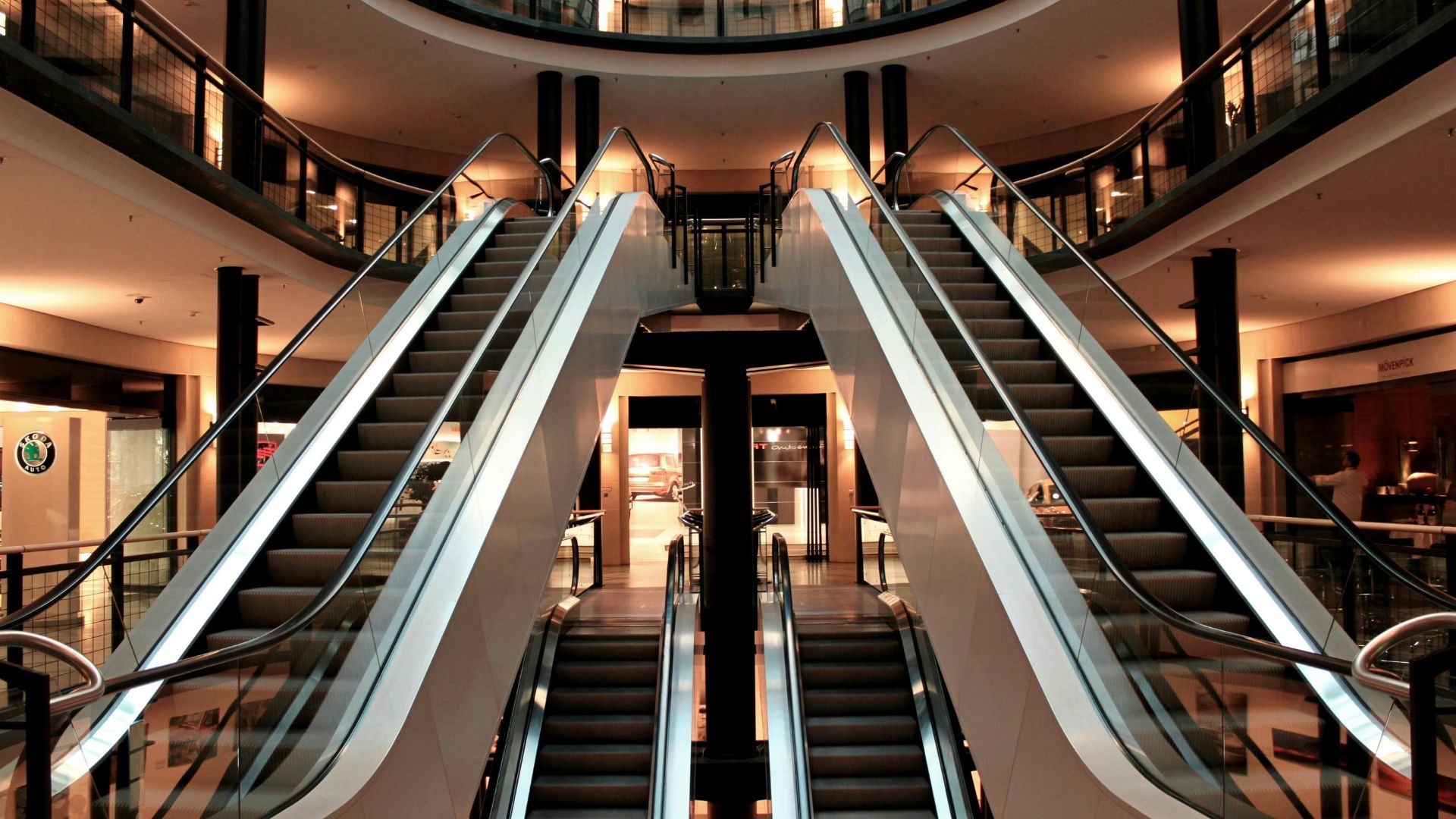
The surge in e-commerce has reshaped the retail landscape, pushing Rue21 and similar brands to the brink.
As consumer preferences shifted markedly towards online shopping, Rue21’s mall-based strategy became increasingly untenable.
Market Saturation and Competition
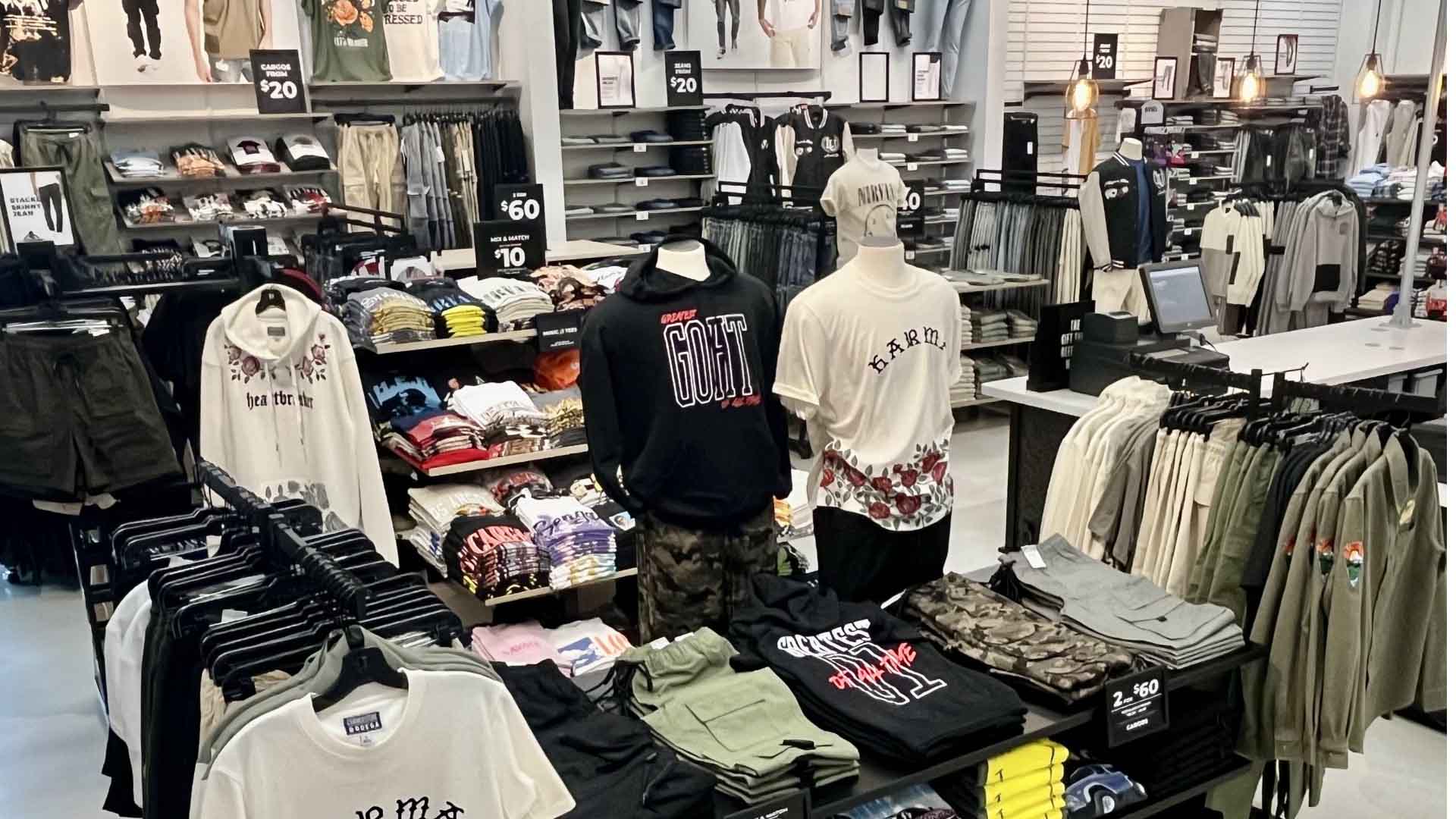
Neil Saunders also pointed out, “There is still a big question mark over whether the retail market needs Rue21 to exist.”
An oversaturated market and fierce competition have left little room for brands that fail to innovate and capture the evolving interests of consumers.
Final Sales and Liquidation

With the announcement of bankruptcy, Rue21 has commenced “going out of business” sales to liquidate its inventory.
These final sales mark the retailer’s last efforts to mitigate losses as it prepares to shut down operations permanently.
Selling Off Assets
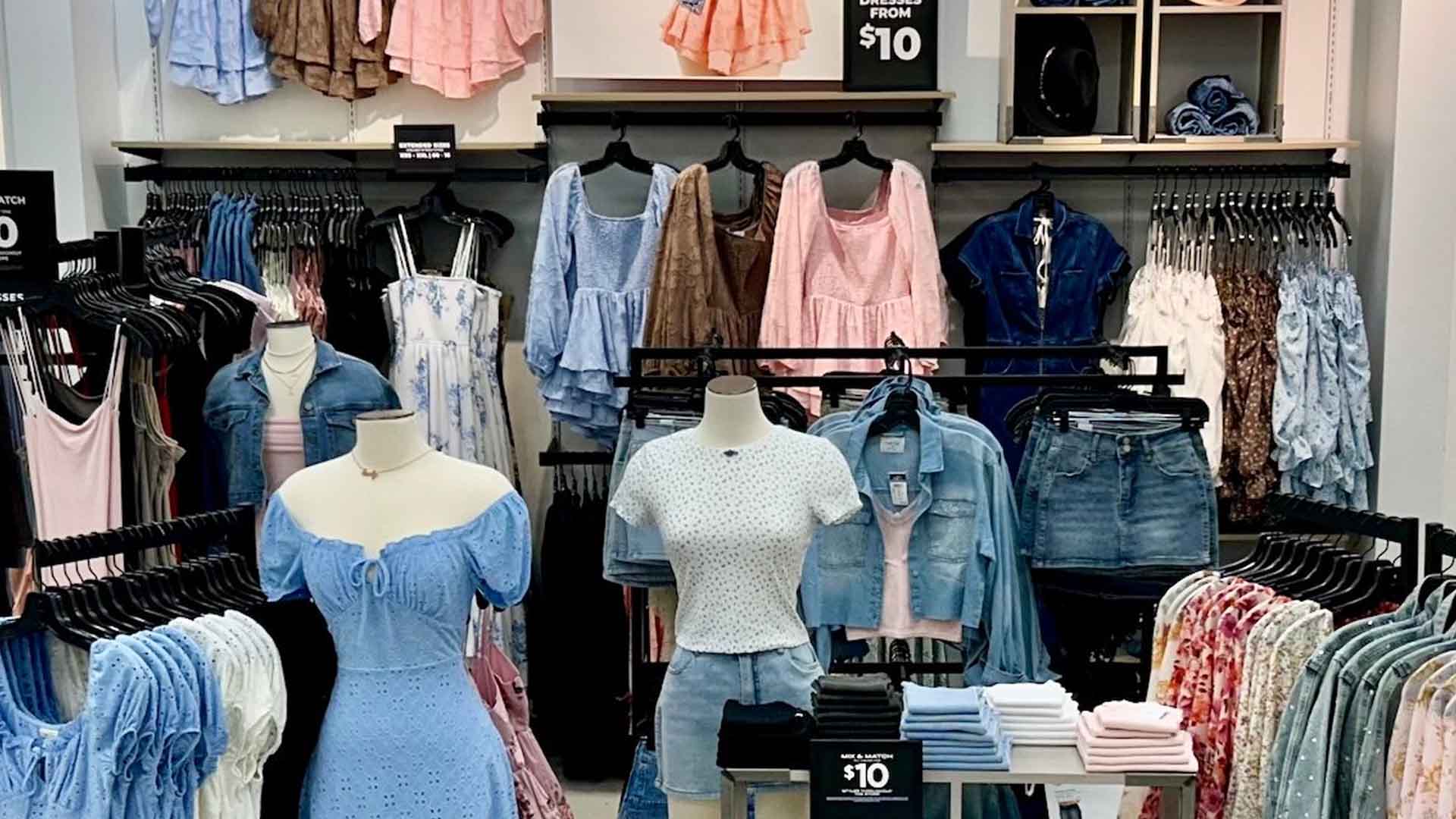
In its final stages, Rue21 plans to sell its brand name and intellectual property.
This move is aimed at salvaging any remaining value and perhaps even offering the brand a new life under different stewardship.
A Look at the Broader Retail Landscape
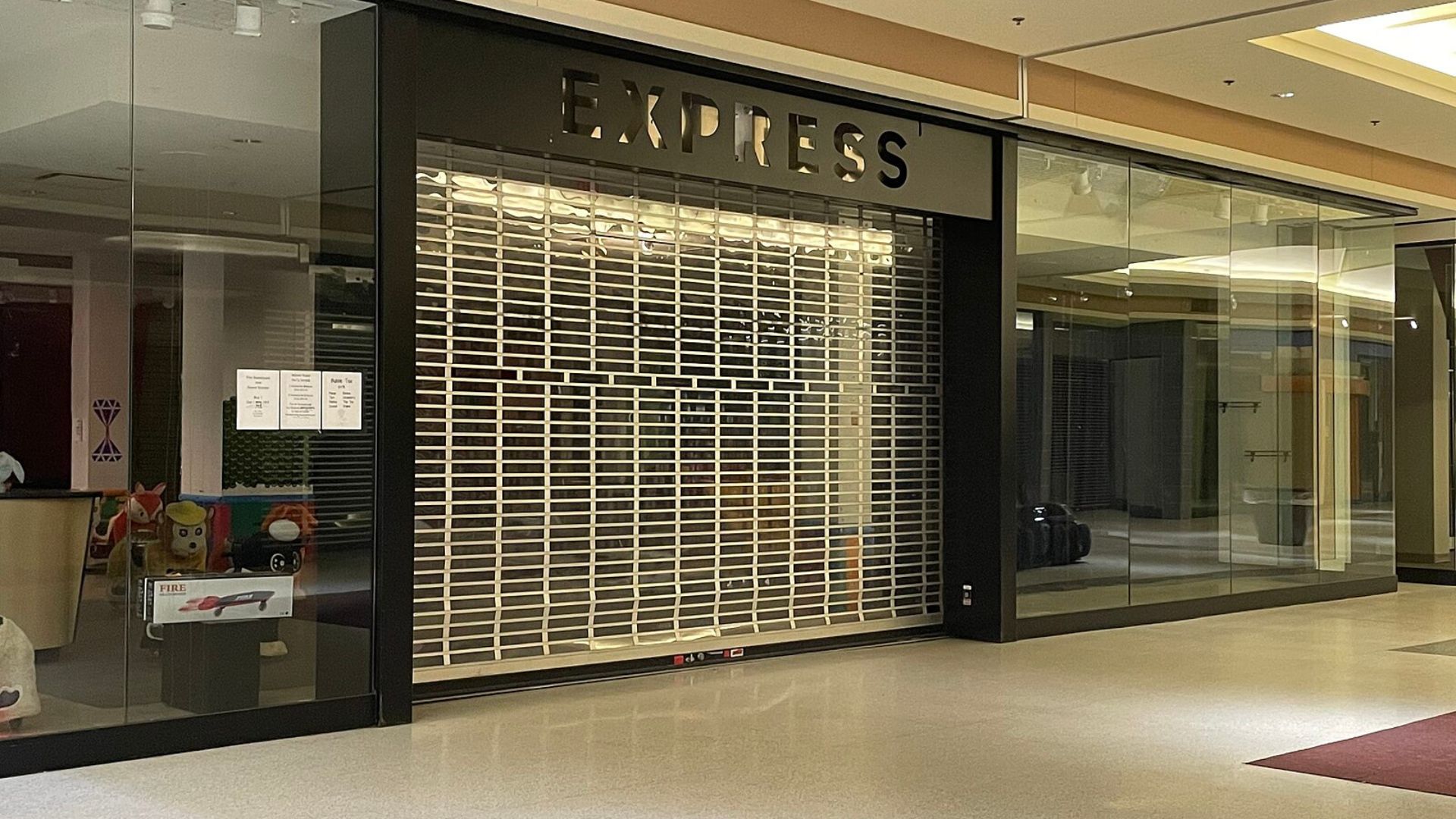
Rue21’s struggles reflect a broader trend within the retail industry, which has seen a spike in bankruptcies.
Just last month, Express also filed for bankruptcy, highlighting the ongoing turmoil in the retail sector.
Lessons for the Retail Industry
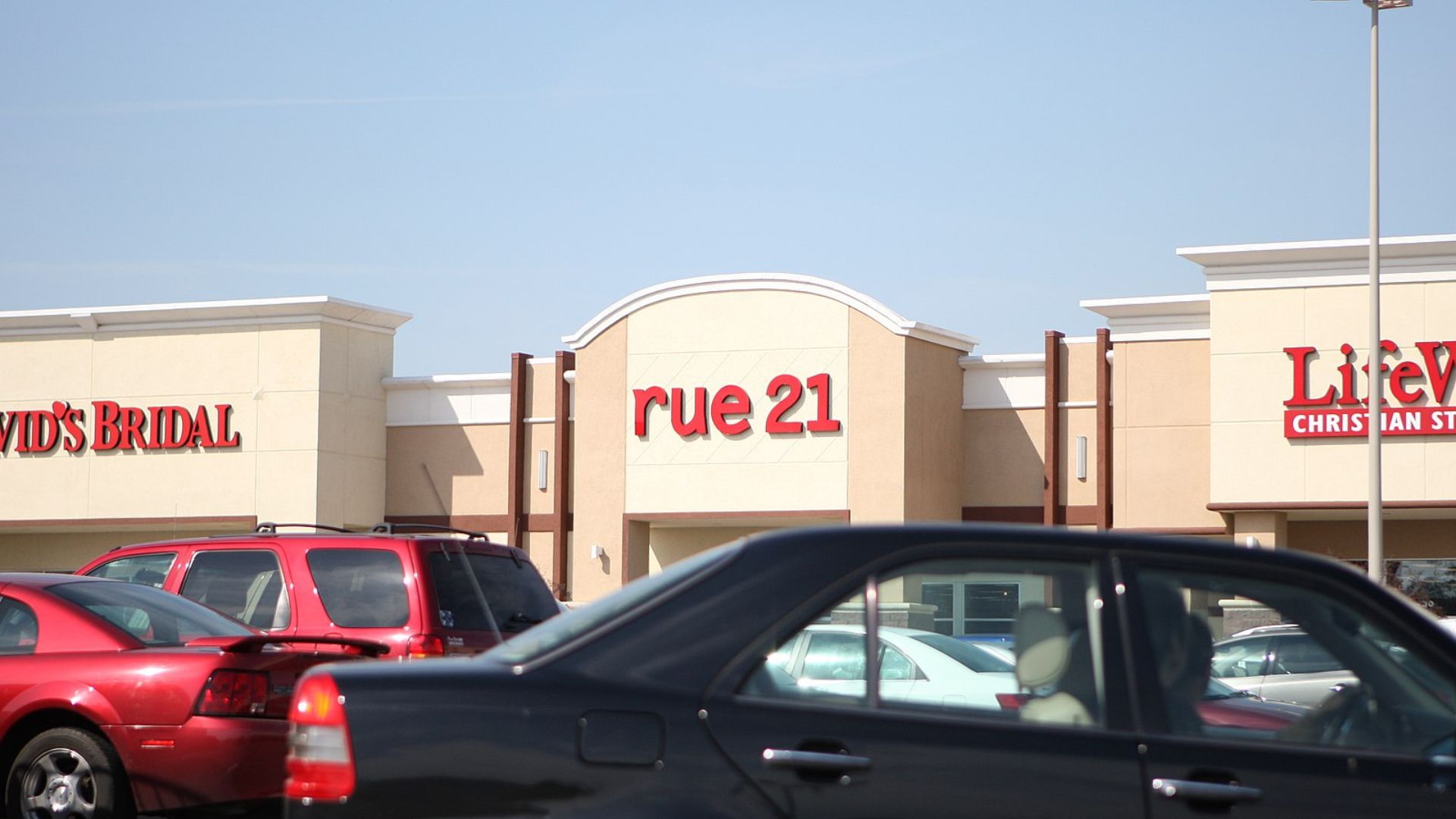
The downfall of Rue21 offers critical lessons about adapting to rapid changes in consumer preferences and the digital marketplace.
Staying relevant requires agility and the ability to quickly pivot in response to new shopping behaviors.
The Future of Teen Fashion Retail
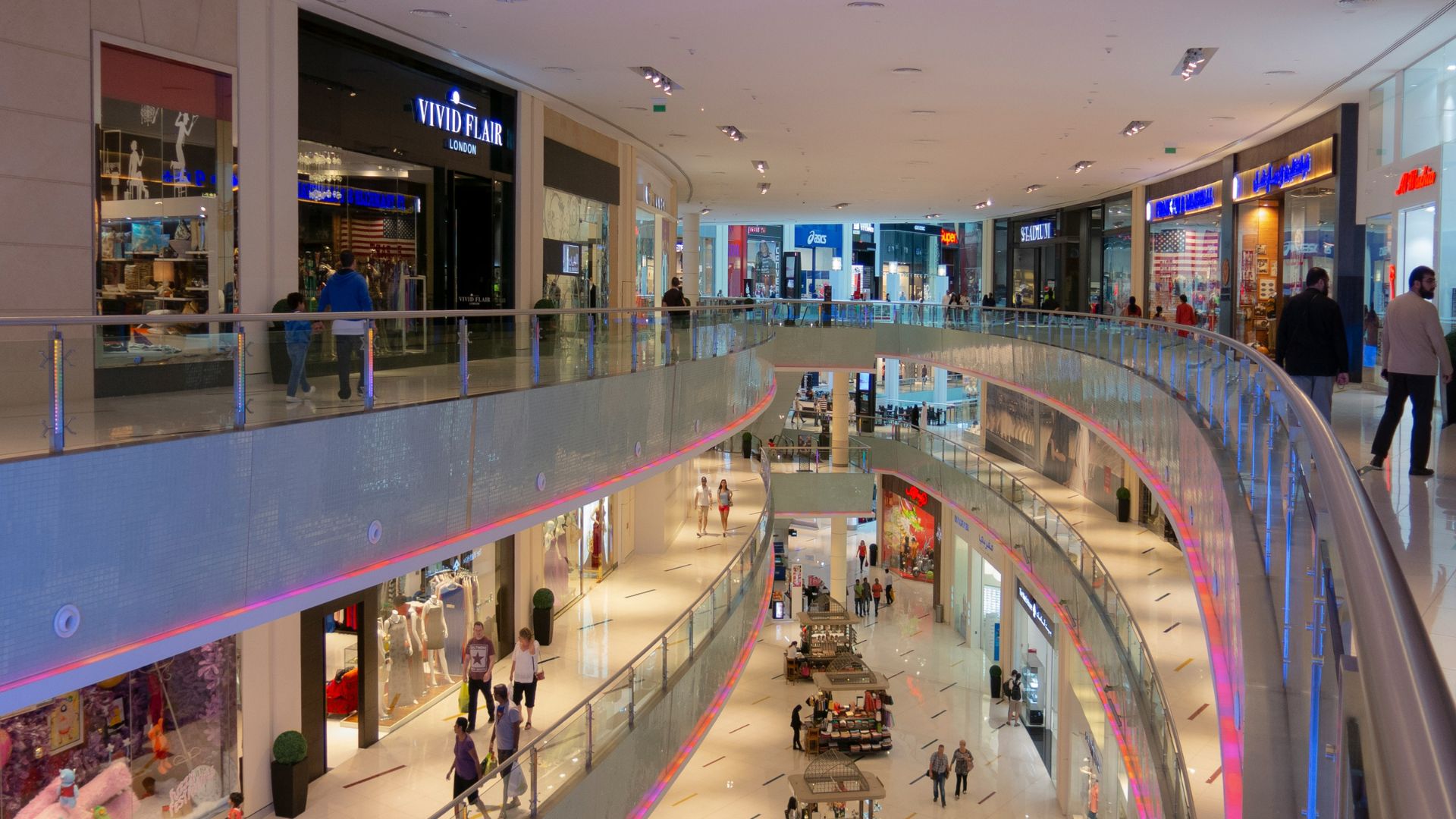
As Rue21 exits the stage, the teen fashion retail landscape will only continue to evolve with each new generation.
Brands that seamlessly integrate online and offline experiences, offering both trendiness and affordability, are likely to fare better in this new retail era.
Consumer Shifts Post-Pandemic

The pandemic has permanently altered consumer shopping habits, with a marked shift towards ethical and sustainable fashion.
This change has pressured traditional retailers like Rue21, which struggled to adapt quickly to these new consumer values, contributing to its financial difficulties.
The Rise of Fast Fashion Online

Online fast fashion giants such as Shein have revolutionized retail with agile, trend-driven models that appeal to the digital-savvy teen shopper.
Their ability to rapidly produce affordable fashion has set a standard that Rue21 and similar stores found challenging to meet.
Social Media’s Role in Fashion

Social media has also become a pivotal platform for fashion, influencing young consumers’ shopping habits.
Brands that have harnessed the power of influencers and viral campaigns have seen success, a strategy that Rue21 was slow to adopt, impacting its relevance and sales.
Economic Analysis of Bankruptcies in Retail
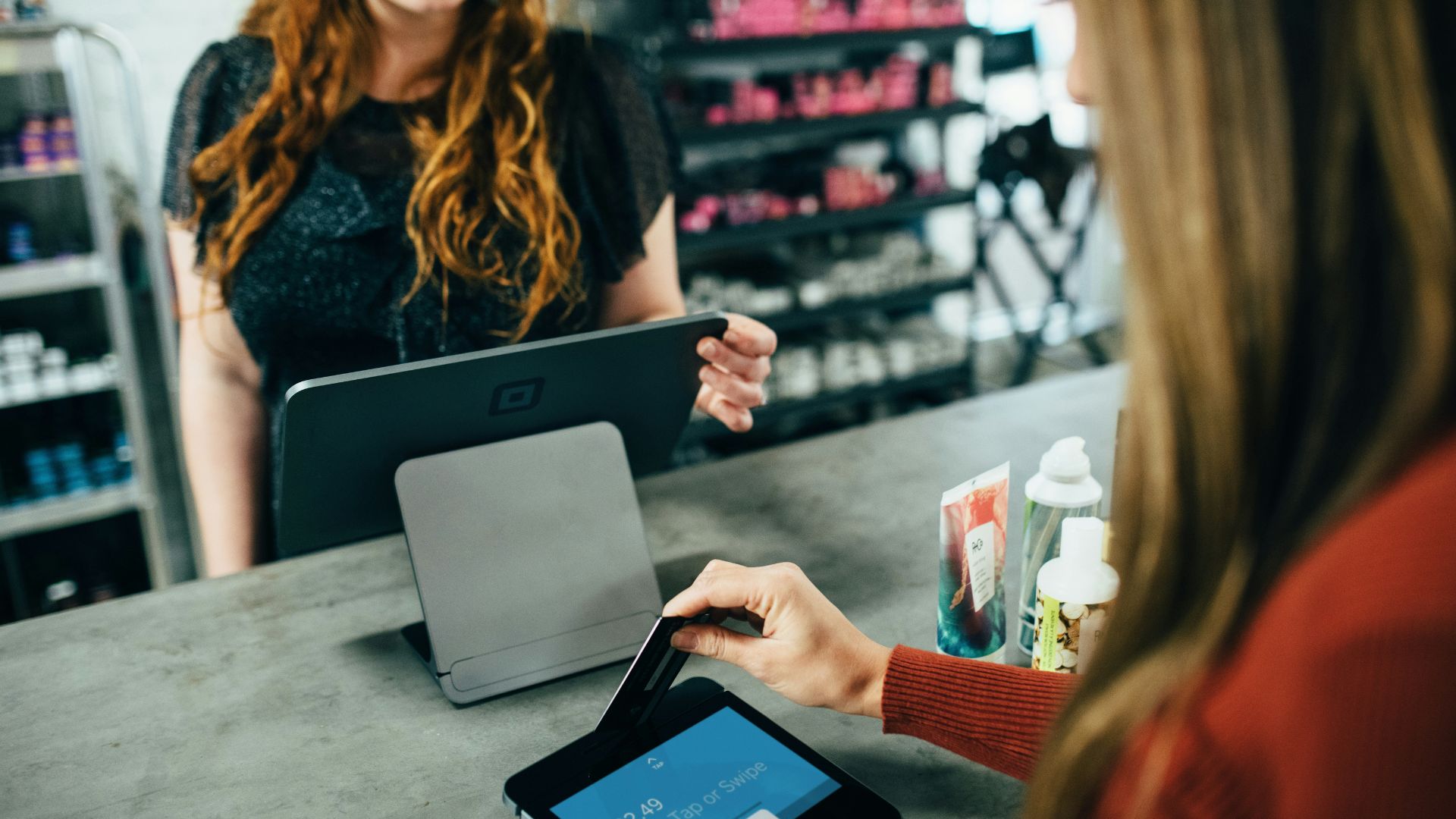
A holistic overview of the retail sector shows a rising trend in bankruptcies, signaling tough times for the industry.
This trend reflects broader economic challenges and shifting consumer priorities, which have impacted companies like Rue21.
Sustainability Concerns and Retail
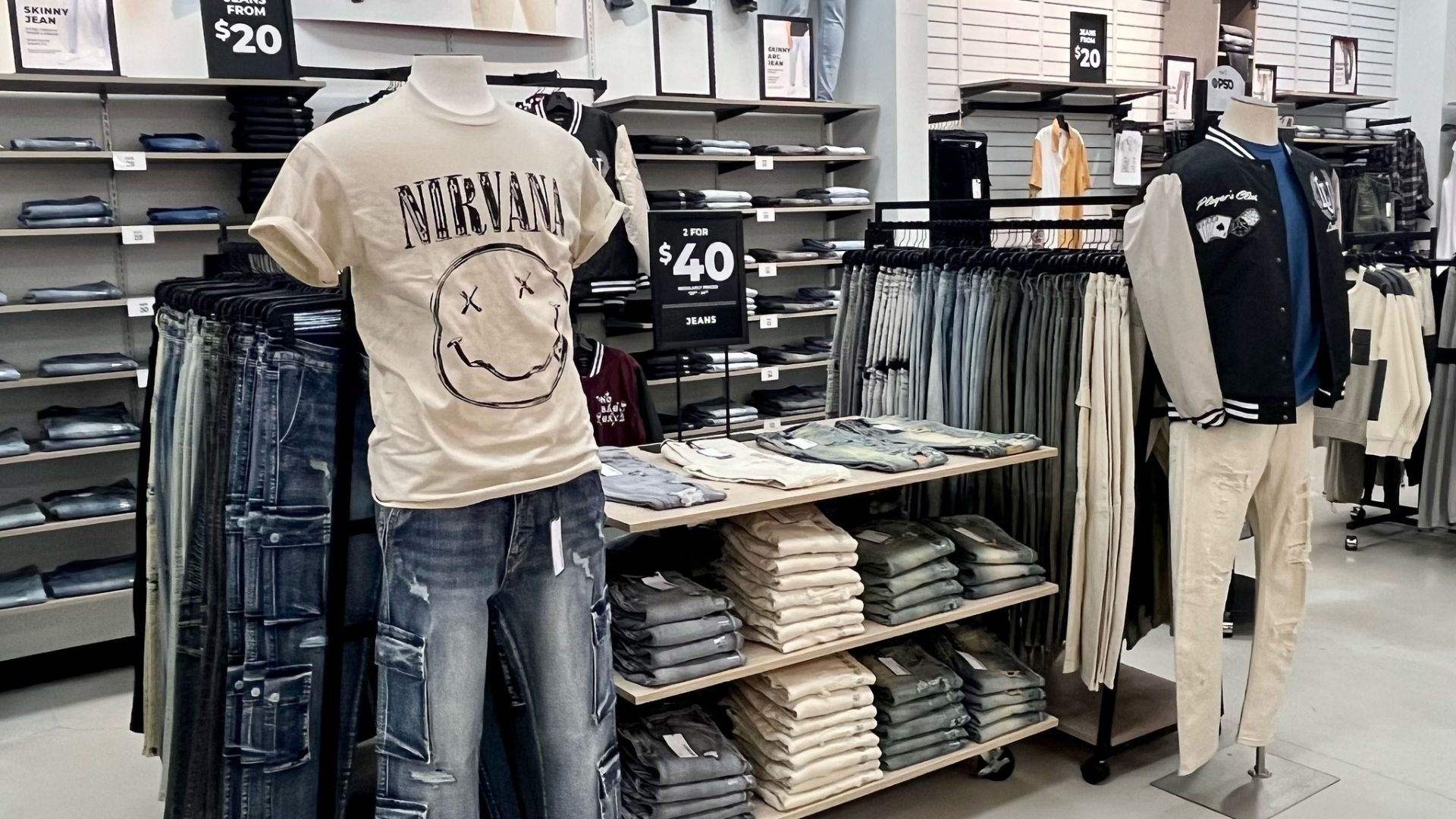
Growing consumer awareness around the environmental impact of fashion is reshaping the industry.
Retailers that have not prioritized sustainability in their business practices, like Rue21, find themselves at odds with the values of their customers.
Technological Innovations in Retail

Emerging technologies such as AI-driven customization and virtual fitting rooms are setting new standards in retail.
Adoption of these technologies could have potentially offered Rue21 opportunities to enhance customer experience and efficiency.
Rebranding Successes
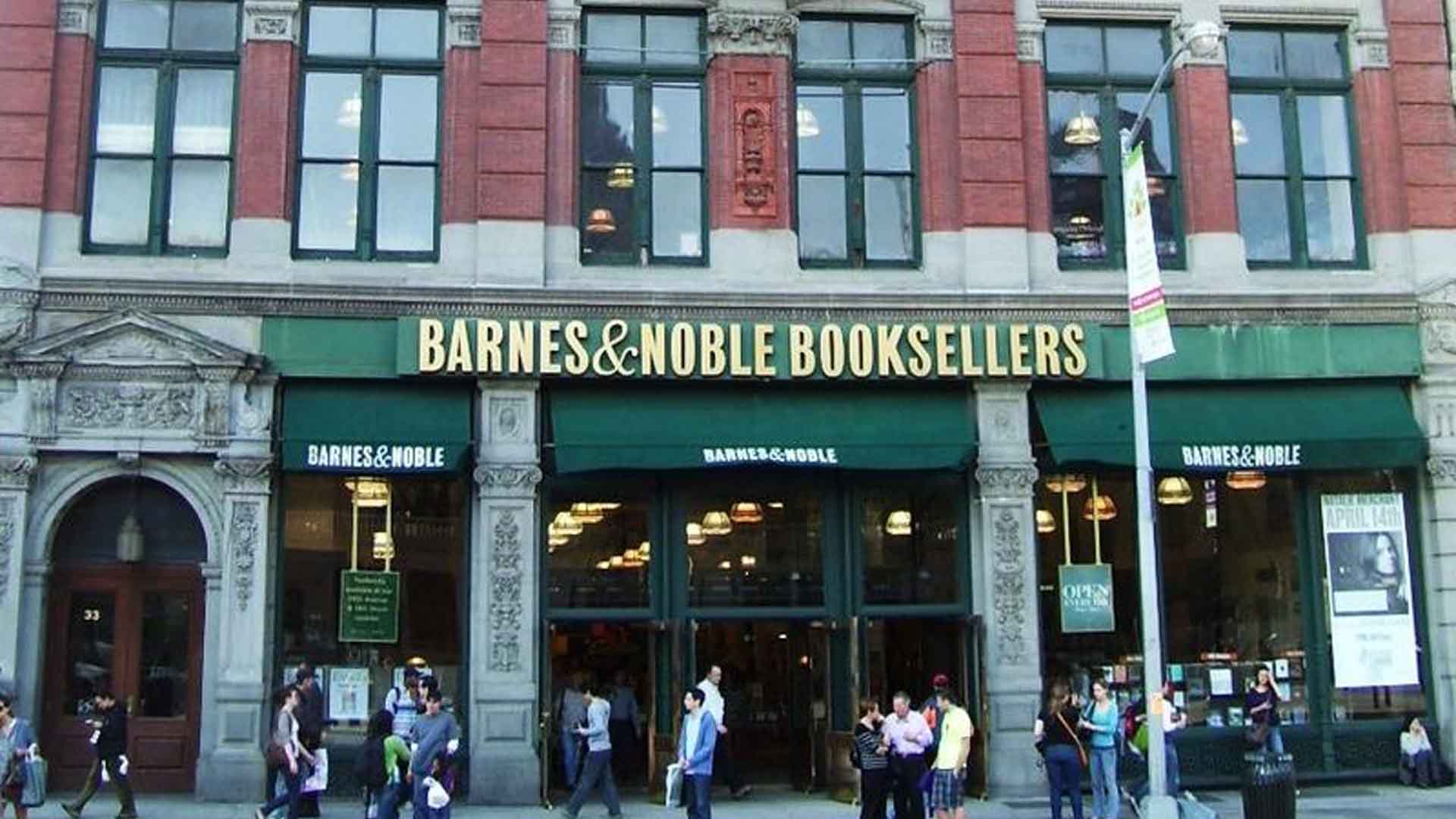
Contrasting Rue21’s challenges, some retailers, such as Barnes and Noble, have successfully rebranded and revitalized their images.
These success stories highlight the importance of staying adaptable and responsive to market changes.
The Impact of Economic Policies on Retail
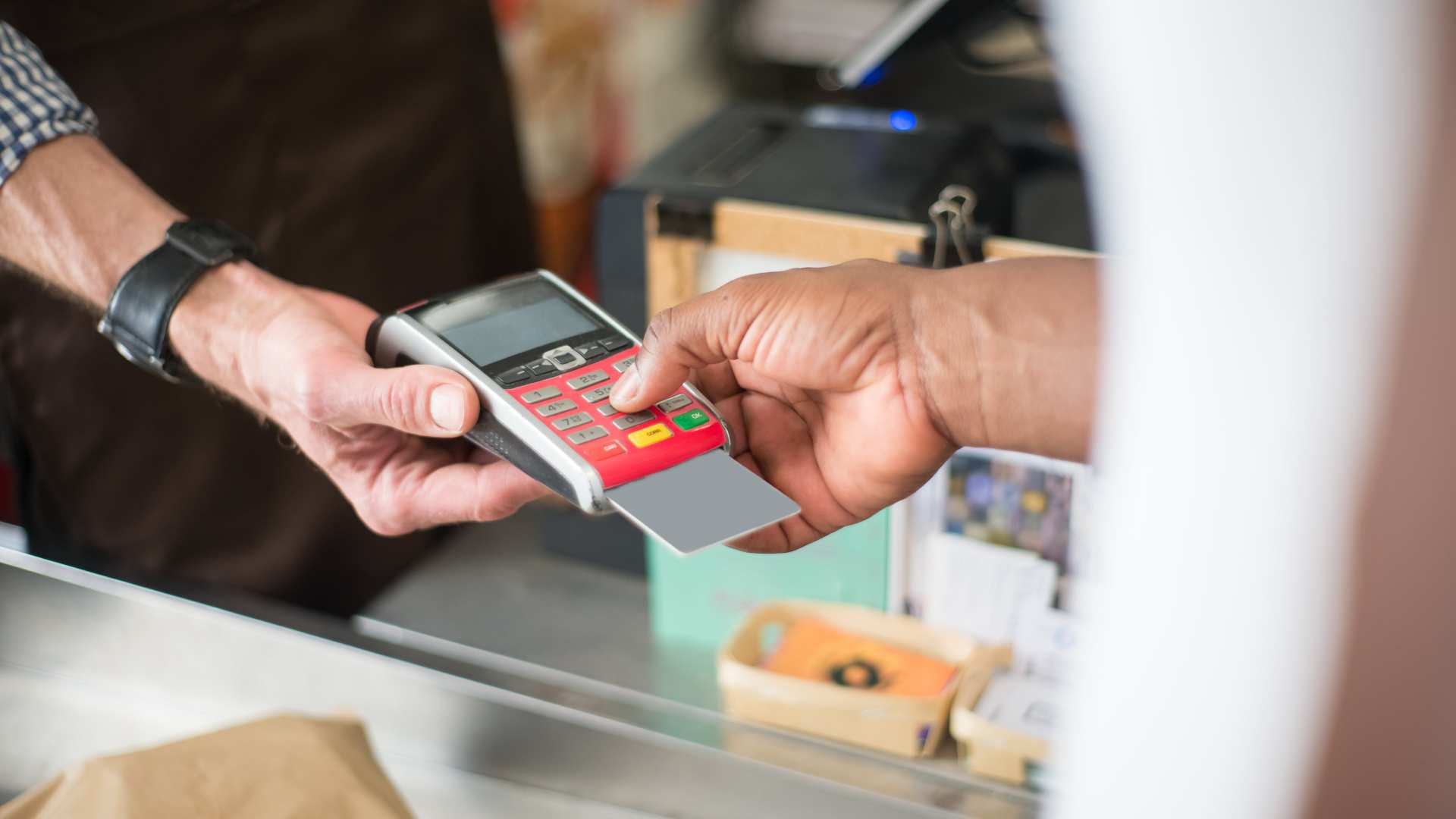
Recent changes in economic policies, including tariffs and wage increases, have had a profound impact on retail operations and profitability.
Understanding these impacts is crucial for retailers to navigate the increasingly complex retail landscape.
Customer Loyalty and Retention Strategies
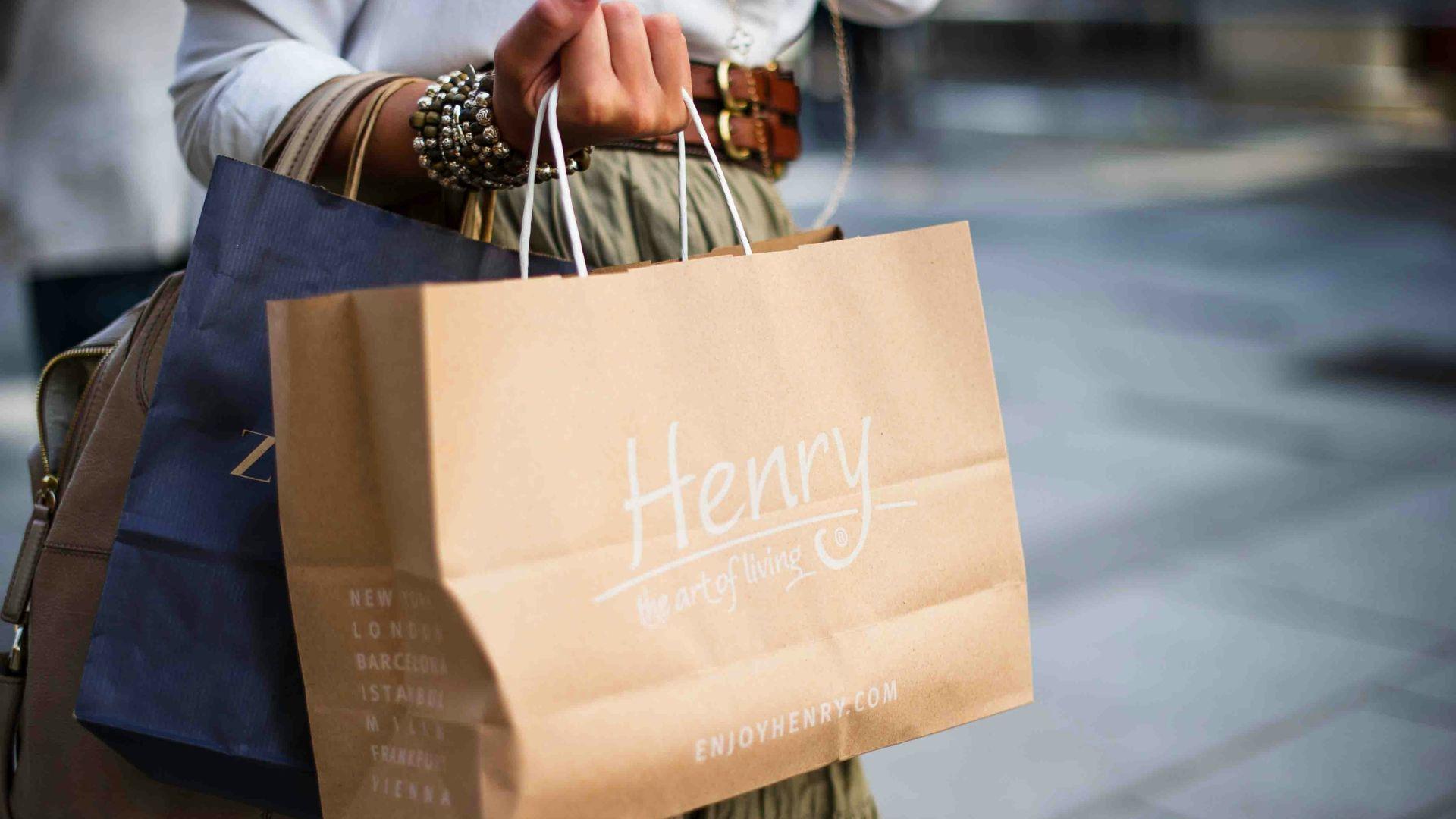
In a competitive market, fostering customer loyalty is more crucial than ever.
Successful retailers focus on personalized experiences and rewards, strategies that Rue21 could have further developed to retain its customer base.
Future of Physical Stores in the Digital Age
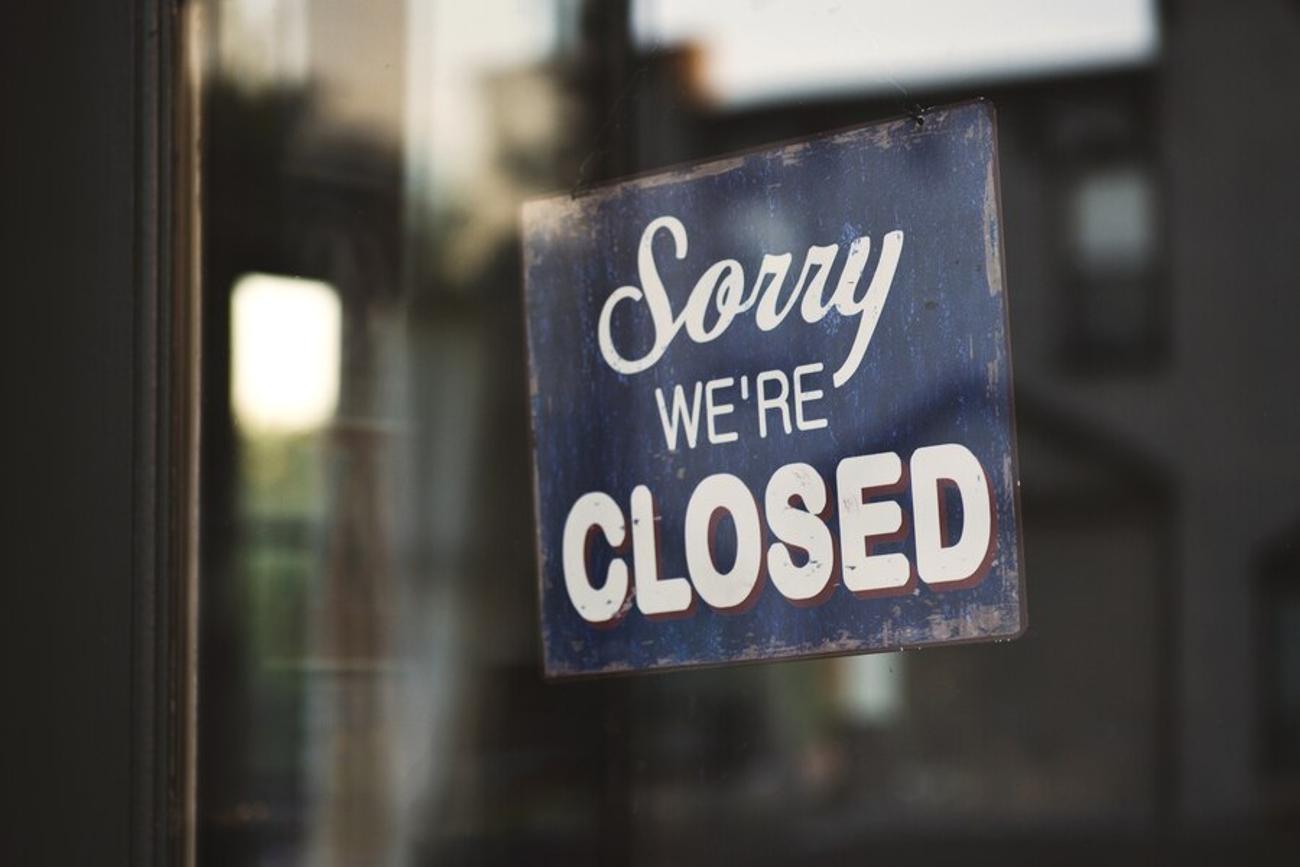
The future of physical retail may involve a hybrid model that integrates the convenience of online shopping with the experience of in-store interactions.
Offering pathways for traditional retailers to stay relevant in the digital era, this model could have provided Rue21 with alternative avenues for growth.
The Decline of Malls in America
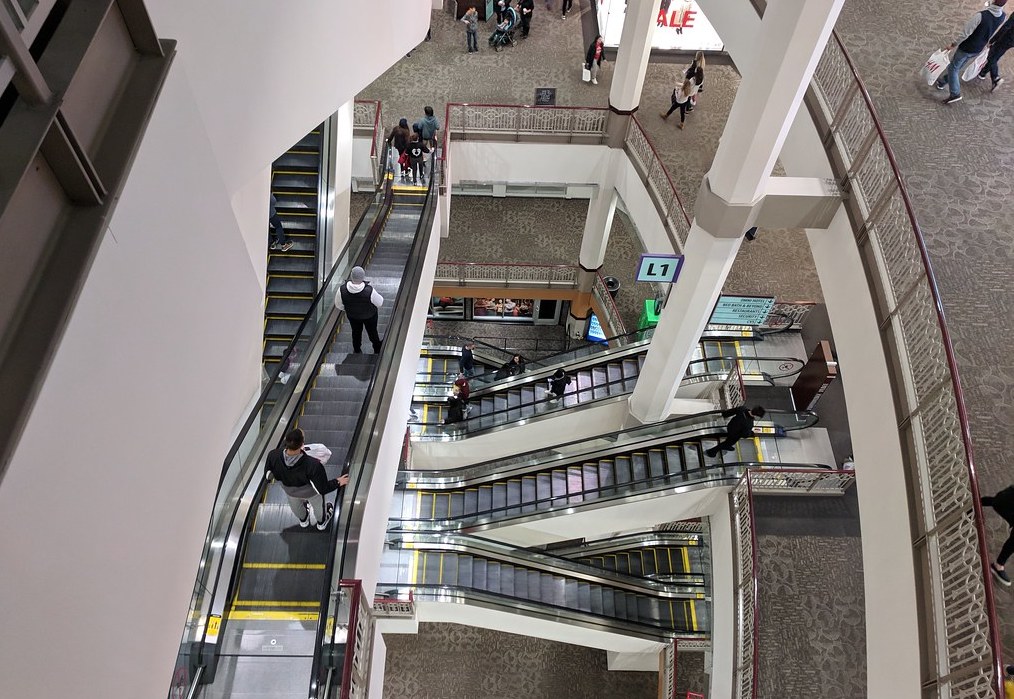
The fading allure of American malls, significantly accelerated by the decline of anchor stores such as Rue21, not only impacts fashion retailers but also the entire ecosystem of mall-based businesses.
As these traditional shopping hubs lose their appeal, the ripple effect touches everything from small kiosks to large department stores, altering the landscape of local economies and social gathering spots.
Lessons for Small Retailers

Small retailers can draw valuable lessons from Rue21’s downfall, particularly by emphasizing the importance of flexibility in business operations, enhancing customer engagement through personalized experiences, and the innovative use of digital marketing strategies to connect with consumers more effectively.
By focusing on these key areas, small retailers can adapt to changes in consumer behavior and preferences, thereby staying ahead in the rapidly evolving retail market. This approach not only helps in maintaining relevance but also in fostering a loyal customer base in a competitive landscape.
